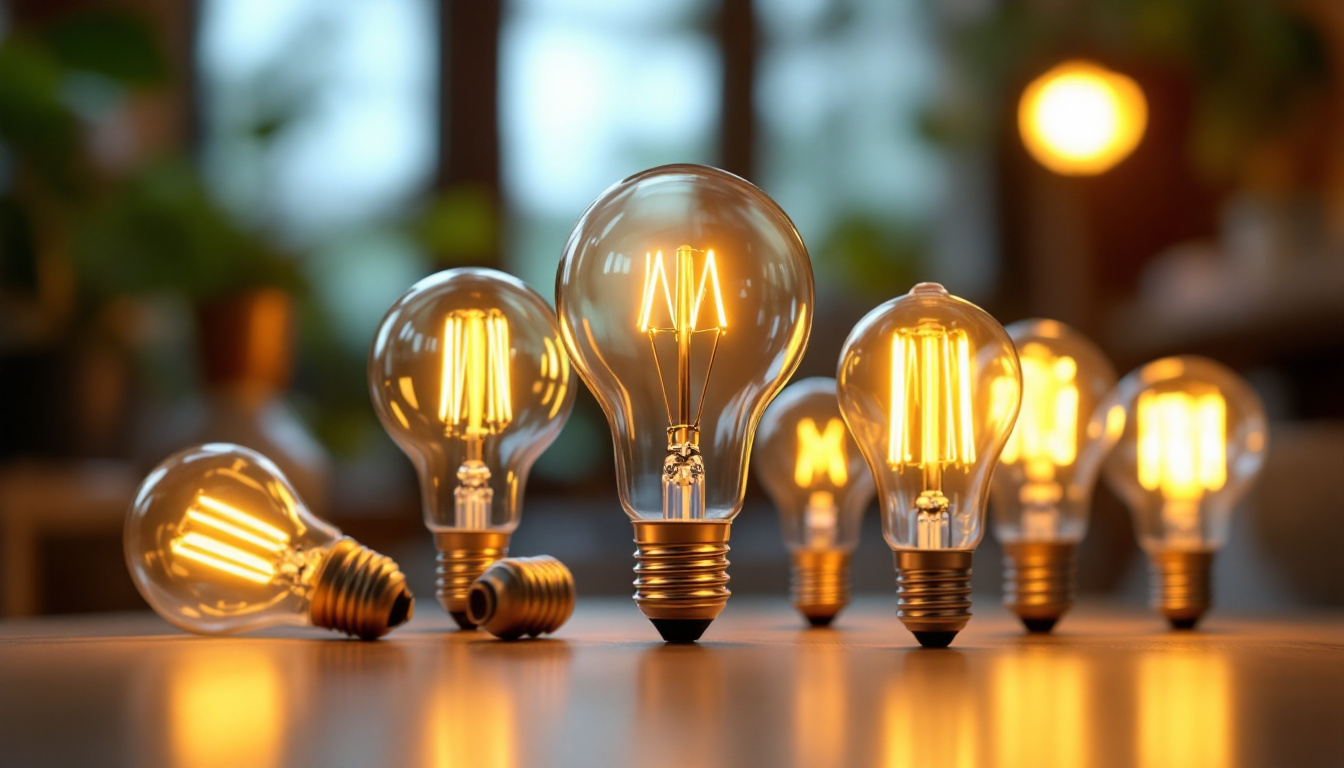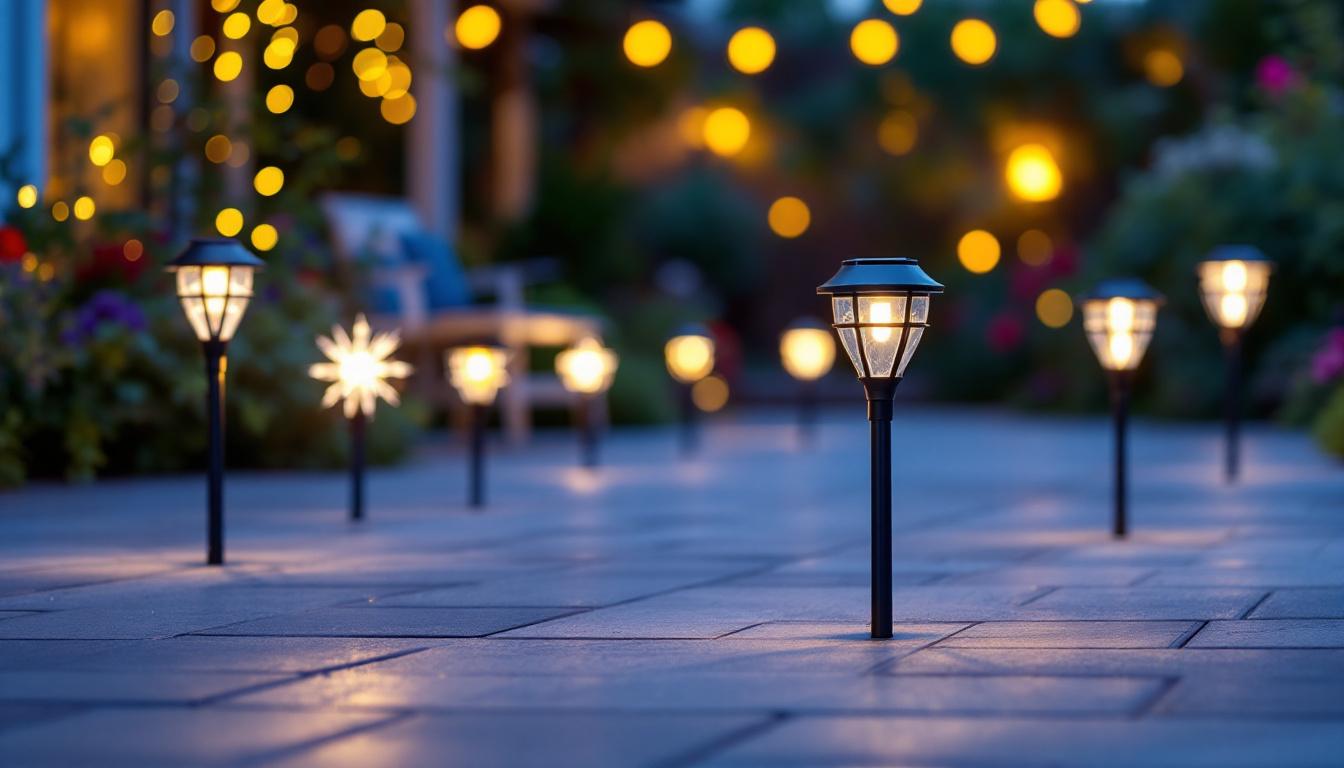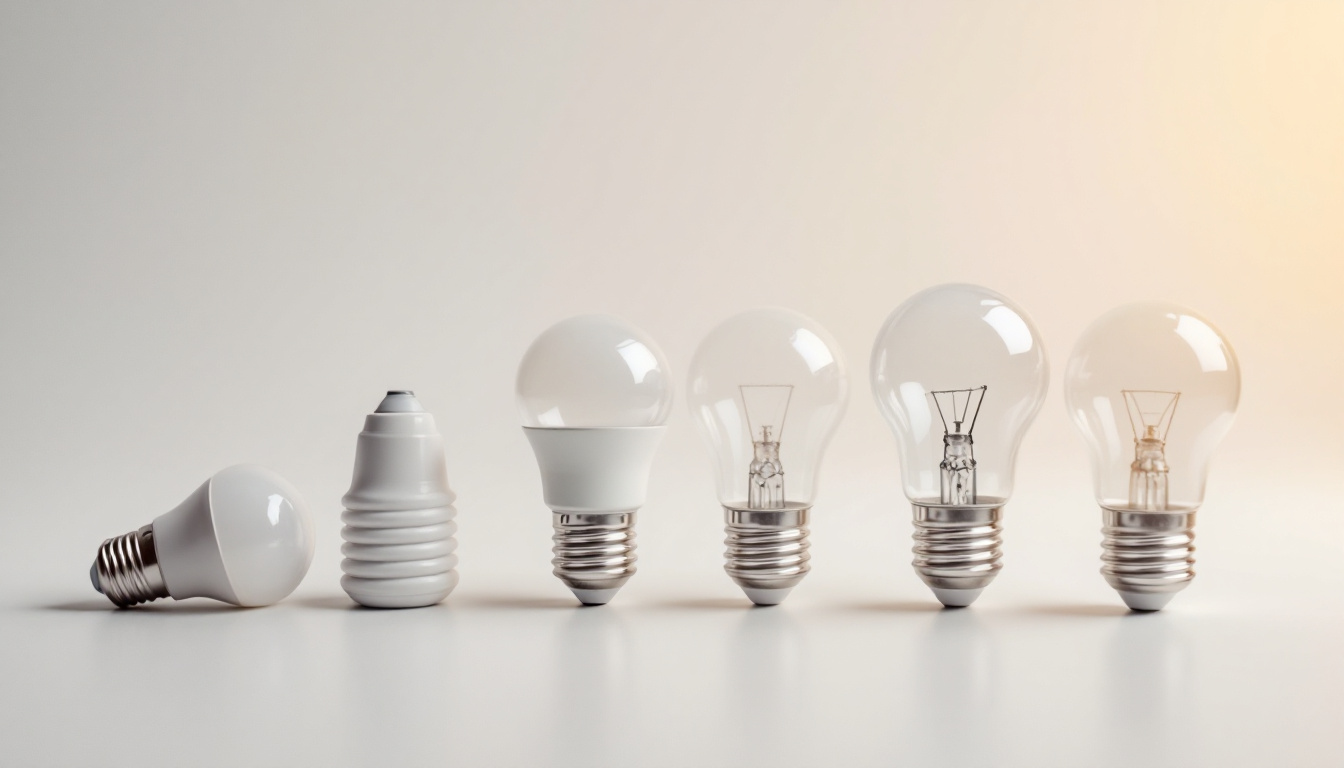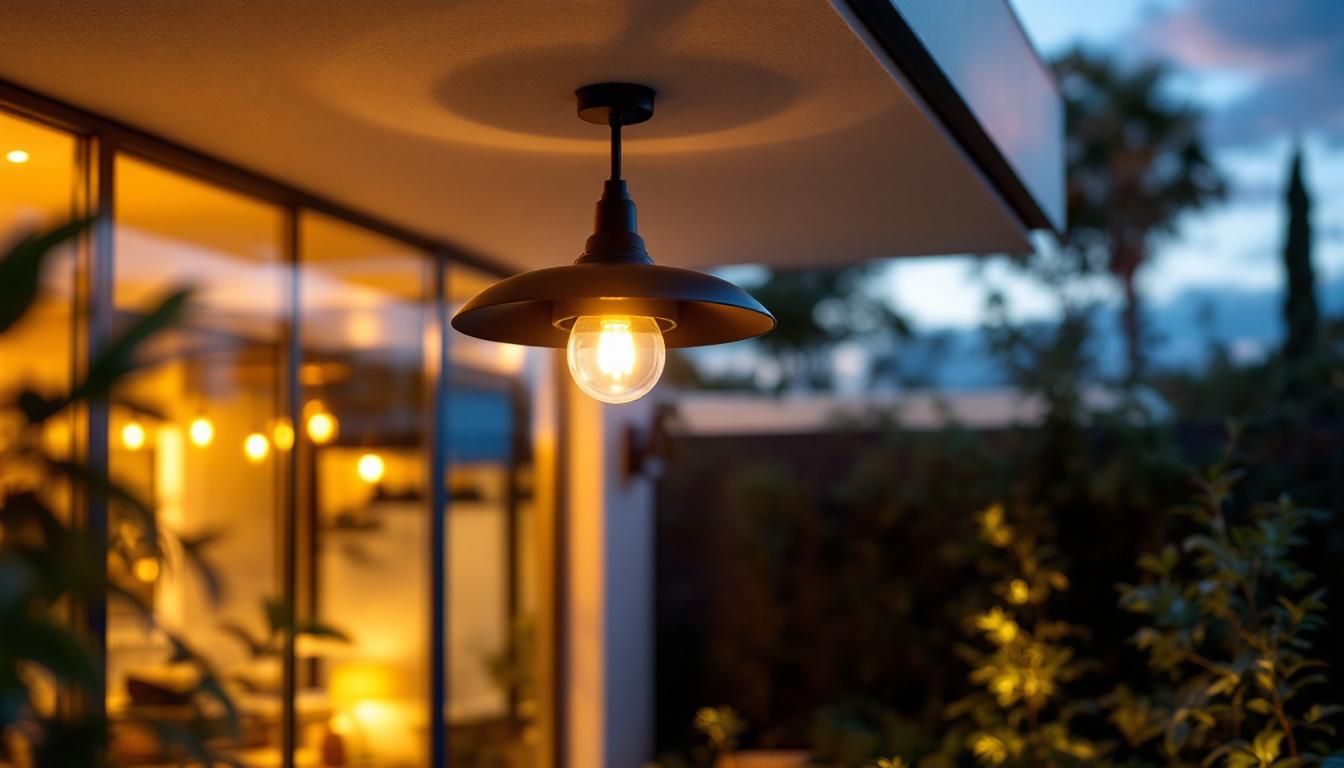
Outdoor lighting plays a crucial role in enhancing the aesthetics, safety, and functionality of residential and commercial properties. For lighting contractors, understanding the best practices in night outdoor lighting is essential for delivering exceptional results to clients. This comprehensive guide outlines key considerations, techniques, and tips that can elevate outdoor lighting projects to new heights.
Outdoor lighting is not merely about illuminating spaces; it serves multiple purposes that enhance the overall experience of a property. From improving security to creating inviting atmospheres, the right lighting can transform outdoor areas dramatically.
One of the primary reasons homeowners and businesses invest in outdoor lighting is to enhance safety and security. Well-lit pathways, driveways, and entrances reduce the risk of accidents and deter potential intruders. Lighting contractors should prioritize strategic placement to ensure that all critical areas are adequately illuminated.
Motion sensor lights are an excellent addition to security lighting. They provide illumination only when movement is detected, conserving energy while still offering the necessary security. This technology is particularly appealing to clients looking for energy-efficient solutions.
Additionally, integrating smart lighting systems can further bolster security measures. These systems can be programmed to simulate occupancy by turning lights on and off at various intervals, creating the illusion that someone is home, even when the property is vacant. This not only enhances safety but also provides peace of mind for homeowners who travel frequently or spend extended periods away from their properties.
Beyond safety, outdoor lighting can significantly enhance the ambiance of a space. Contractors should consider the mood that clients wish to create. Soft, warm lighting can create a cozy atmosphere for entertaining, while brighter lights may be suitable for functional areas like patios or decks.
Incorporating different lighting techniques, such as uplighting and downlighting, can add depth and dimension to outdoor spaces. Uplighting can highlight trees or architectural features, while downlighting can mimic natural moonlight, providing a serene environment.
Furthermore, the use of colored LED lights can introduce a playful element to outdoor areas. By changing colors to match seasons or special occasions, homeowners can create a dynamic environment that reflects their personality and style. For instance, warm hues can evoke a sense of comfort during fall gatherings, while vibrant colors can energize summer parties, making the outdoor space a focal point for social interactions.
Designing an effective outdoor lighting plan requires careful consideration of various factors. Lighting contractors must assess the unique characteristics of each property and tailor their designs accordingly.
Before starting any project, a thorough assessment of the property is essential. This includes evaluating the layout, existing landscaping, and architectural features. Understanding how these elements interact with light will help in creating a cohesive lighting design.
Contractors should also consider the intended use of different outdoor areas. For example, a garden may require softer lighting for a tranquil atmosphere, while a sports court needs brighter, more focused illumination for safety and visibility. Furthermore, the time of day and seasonal changes can significantly impact how light interacts with the landscape. During the day, natural sunlight can create shadows and highlights that may influence the placement and intensity of artificial lighting. In contrast, during winter months, when trees may lose their leaves, the visibility of certain features may change, necessitating adjustments in the lighting plan to maintain aesthetic appeal and functionality.
The selection of lighting fixtures plays a pivotal role in the success of an outdoor lighting project. Contractors should choose fixtures that not only meet the aesthetic needs of the client but also withstand outdoor conditions. Weather-resistant materials and finishes are essential for durability.
LED fixtures have become increasingly popular due to their energy efficiency and longevity. They provide bright illumination while consuming less power, making them an excellent choice for environmentally conscious clients. Additionally, the variety of styles available allows for creative design solutions. Beyond aesthetics, it’s crucial to consider the beam angle and distribution of light emitted by the fixtures. Narrow beam angles can highlight specific features like sculptures or trees, while wider angles are ideal for general area lighting, ensuring that all parts of the outdoor space are adequately illuminated. Moreover, incorporating smart lighting technology can enhance the functionality of outdoor fixtures, allowing homeowners to control their lighting remotely, set schedules, or adjust brightness based on the time of day or activity.
Light levels and color temperature are critical components of outdoor lighting design. Contractors must understand the appropriate lumen output for different areas to ensure adequate visibility without causing glare.
Color temperature, measured in Kelvin, affects the mood of the space. Warmer temperatures (around 2700K to 3000K) tend to create a welcoming environment, while cooler temperatures (above 4000K) can feel more clinical. Matching the color temperature to the intended use and atmosphere is vital for achieving the desired effect. Additionally, layering different types of lighting—such as ambient, task, and accent lighting—can create depth and dimension in outdoor spaces. For instance, using path lights to guide guests while incorporating spotlights to highlight architectural features can enhance both safety and aesthetics. Understanding how these elements work together allows contractors to craft a lighting design that not only meets practical needs but also elevates the overall experience of the outdoor environment.
Implementing effective lighting techniques can elevate the quality of outdoor lighting installations. Lighting contractors should be familiar with various methods to create visually appealing and functional designs.
Layering light involves using multiple types of lighting to achieve a balanced and dynamic effect. This technique combines ambient, task, and accent lighting to create depth and interest in outdoor spaces.
For example, ambient lighting can provide overall illumination, while task lighting focuses on specific areas like outdoor kitchens or seating areas. Accent lighting can highlight features such as sculptures or plants, drawing attention to the property’s unique characteristics.
Incorporating natural elements into outdoor lighting design can enhance the overall aesthetic. For instance, using trees and shrubs as natural light diffusers can create a soft glow that complements the landscape.
Contractors can also consider using water features, such as ponds or fountains, to reflect light and create mesmerizing effects. The interplay between light and water can add a tranquil ambiance to outdoor spaces.
Smart technology is revolutionizing outdoor lighting, providing clients with greater control and flexibility. Lighting contractors should be knowledgeable about integrating smart systems that allow for remote control, scheduling, and automation.
Clients can benefit from features such as dimming options, color-changing capabilities, and the ability to sync lights with other smart home devices. This not only enhances convenience but also allows for personalized lighting experiences.
Proper installation is crucial for the longevity and effectiveness of outdoor lighting systems. Lighting contractors should adhere to best practices to ensure that installations are safe, efficient, and visually appealing.
Before installation, creating a detailed lighting plan is essential. This plan should outline the placement of fixtures, wiring routes, and power sources. A well-thought-out layout minimizes the risk of errors and ensures that all areas are adequately illuminated.
Contractors should also consider the spacing between fixtures. Too much distance can lead to dark spots, while fixtures placed too close together can create an overwhelming amount of light. A balanced approach is key to achieving the desired effect.
Electrical safety is paramount in outdoor lighting installations. Contractors must adhere to local codes and regulations, ensuring that all wiring is properly rated for outdoor use. Using weatherproof connectors and junction boxes is essential to prevent water ingress and electrical failures.
Additionally, grounding all fixtures and circuits is crucial for preventing electrical shocks. Contractors should take the time to educate clients about the importance of regular maintenance checks to ensure ongoing safety and functionality.
After installation, testing the lighting system is essential to ensure everything functions as intended. Contractors should take the time to adjust the angles and brightness of fixtures to achieve the desired effect.
Encouraging clients to view the lighting at different times of the night can help identify any areas that may need adjustment. This collaborative approach not only ensures client satisfaction but also demonstrates professionalism and attention to detail.
Regular maintenance is vital for the longevity and performance of outdoor lighting systems. Lighting contractors should provide clients with guidelines on how to care for their installations to ensure they remain in optimal condition.
Over time, outdoor lighting fixtures can accumulate dirt, dust, and debris, which can hinder their performance. Contractors should recommend a regular cleaning schedule to keep fixtures looking their best and functioning properly.
Clients should be advised to use non-abrasive cleaners and soft cloths to avoid scratching surfaces. Additionally, checking for any signs of wear or damage during cleaning can help catch potential issues before they become significant problems.
Periodically checking electrical connections is crucial for maintaining safety and functionality. Loose or corroded connections can lead to flickering lights or complete system failures. Contractors should advise clients to inspect connections at least once a year.
If any issues are detected, clients should be encouraged to contact a professional for repairs. This proactive approach can save clients from costly replacements and ensure their outdoor lighting systems remain reliable.
Outdoor lighting is an essential aspect of property design that enhances safety, aesthetics, and functionality. For lighting contractors, understanding best practices in outdoor lighting design, installation, and maintenance is crucial for delivering exceptional results to clients.
By assessing properties thoroughly, choosing the right fixtures, and implementing effective lighting techniques, contractors can create stunning outdoor spaces that meet clients’ needs and exceed their expectations. Furthermore, adhering to installation best practices and providing ongoing maintenance support will ensure that these lighting systems remain effective and beautiful for years to come.
In a competitive market, staying informed about the latest trends and technologies in outdoor lighting will empower contractors to offer innovative solutions that set them apart. Embracing these best practices will not only enhance the quality of projects but also build lasting relationships with clients, establishing a reputation for excellence in the field of outdoor lighting.
Ready to take your outdoor lighting projects to the next level? At LumenWholesale, we provide lighting contractors with the highest quality, spec-grade lighting products at prices that can’t be beaten. Say goodbye to local distributor markups and hello to our extensive selection that meets rigorous industry standards. With free shipping on bulk orders, you can trust that you’re getting premium lighting at the best value — no hidden fees, no compromises. Elevate your outdoor lighting designs with the perfect blend of quality, affordability, and convenience. Visit LumenWholesale today and experience Wholesale Lighting at the Best Value for all your project needs.

Discover the rising significance of B type light bulbs in the lighting industry.

Discover how decorative solar lights are revolutionizing outdoor spaces for lighting contractors.

Discover the essential guide to understanding standard light bulb bases and why they are crucial for your lighting projects.

Discover the essential guide for lighting contractors with our comprehensive handbook on outdoor light fixtures ceiling mount.